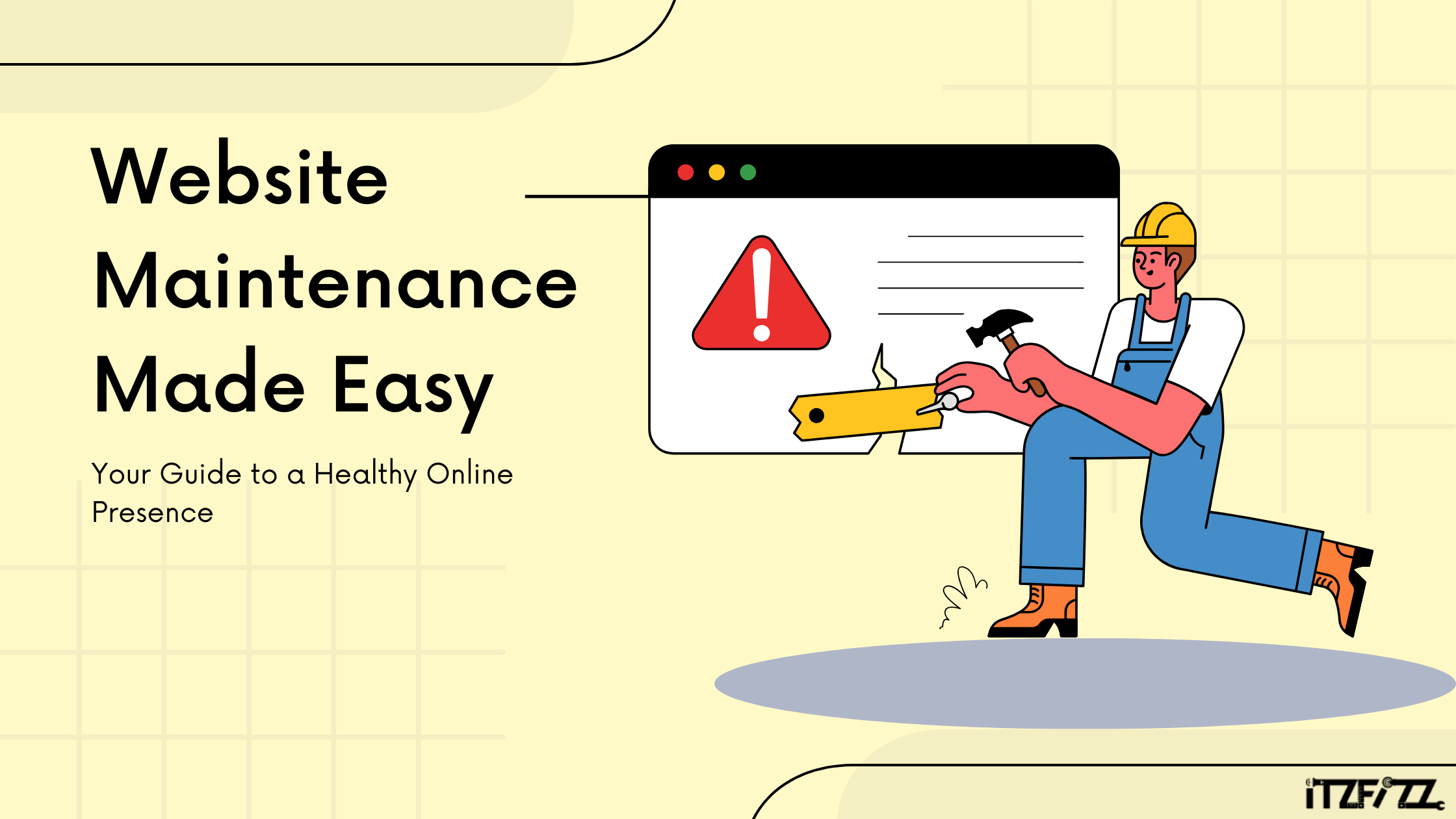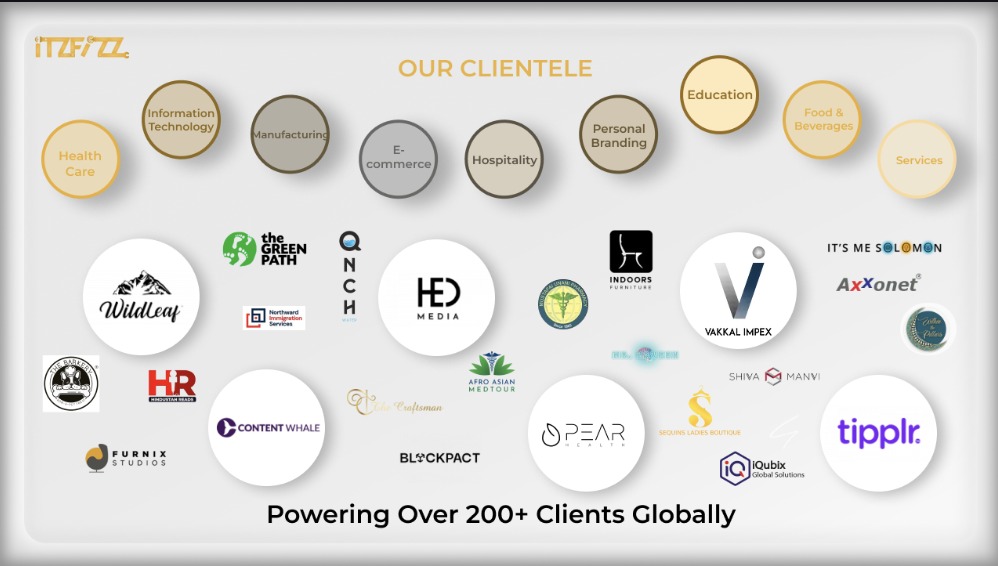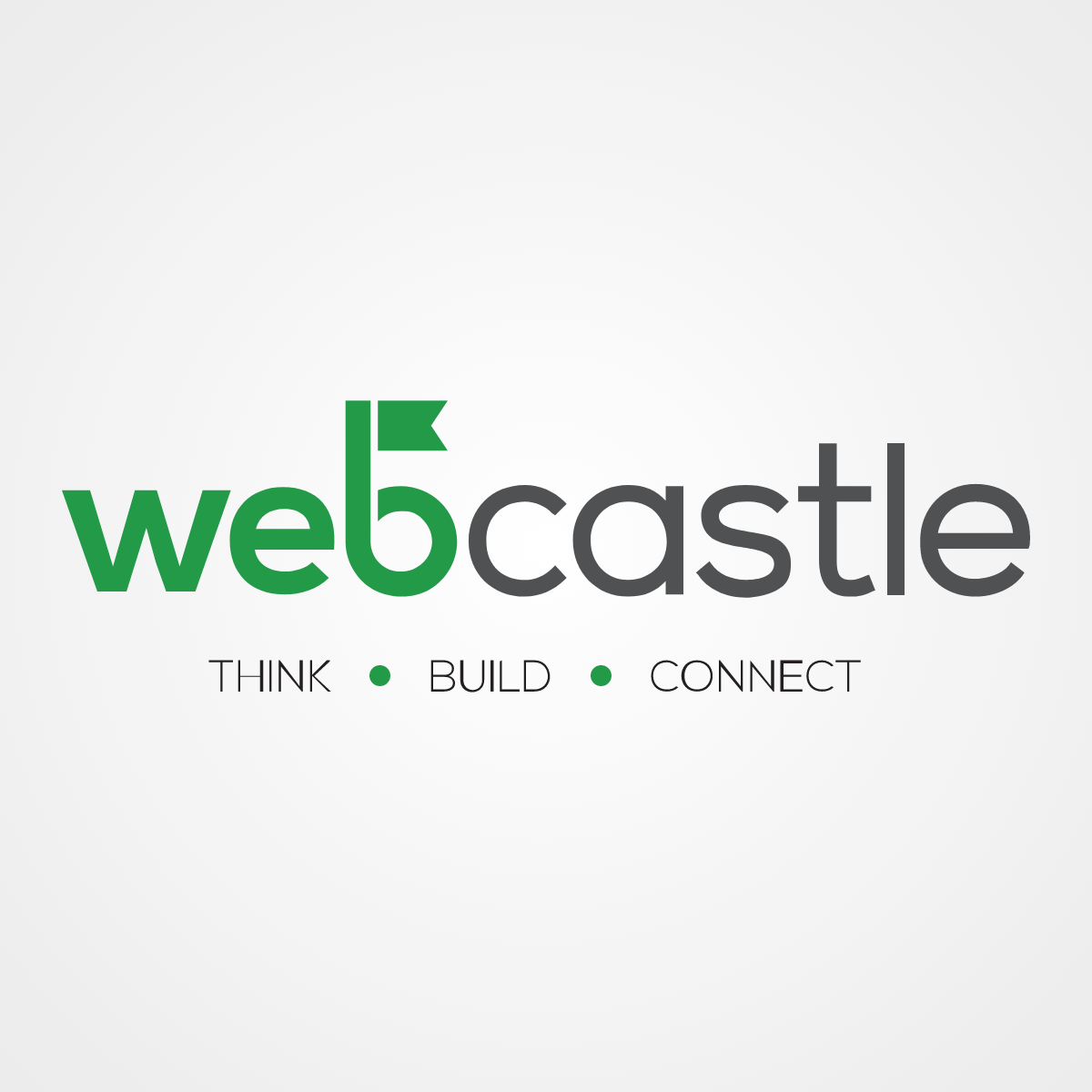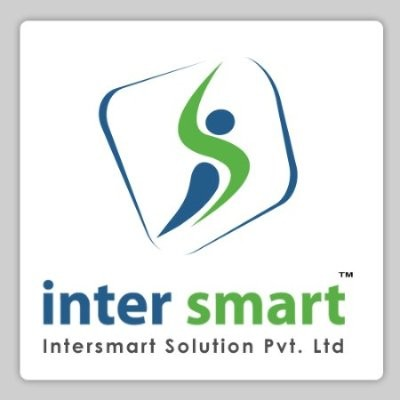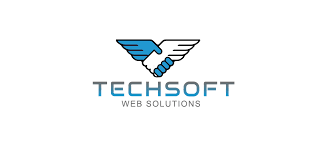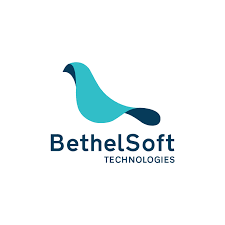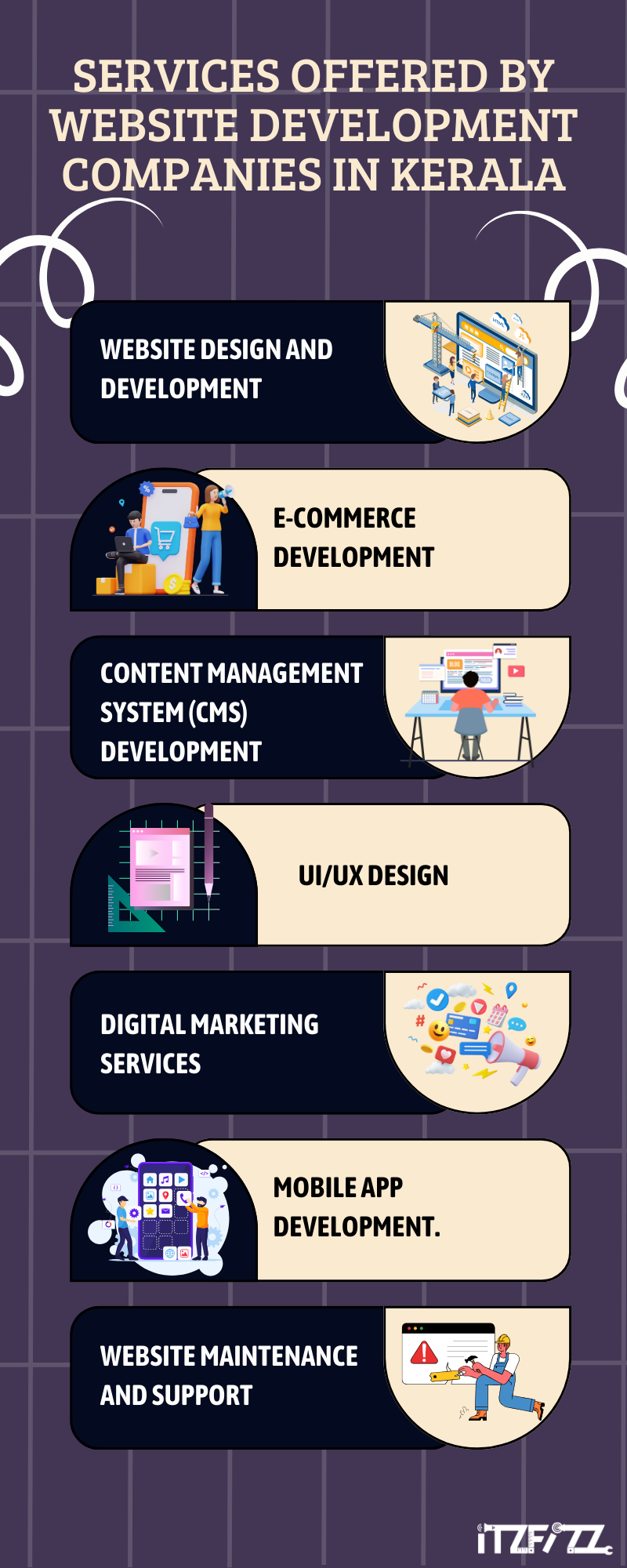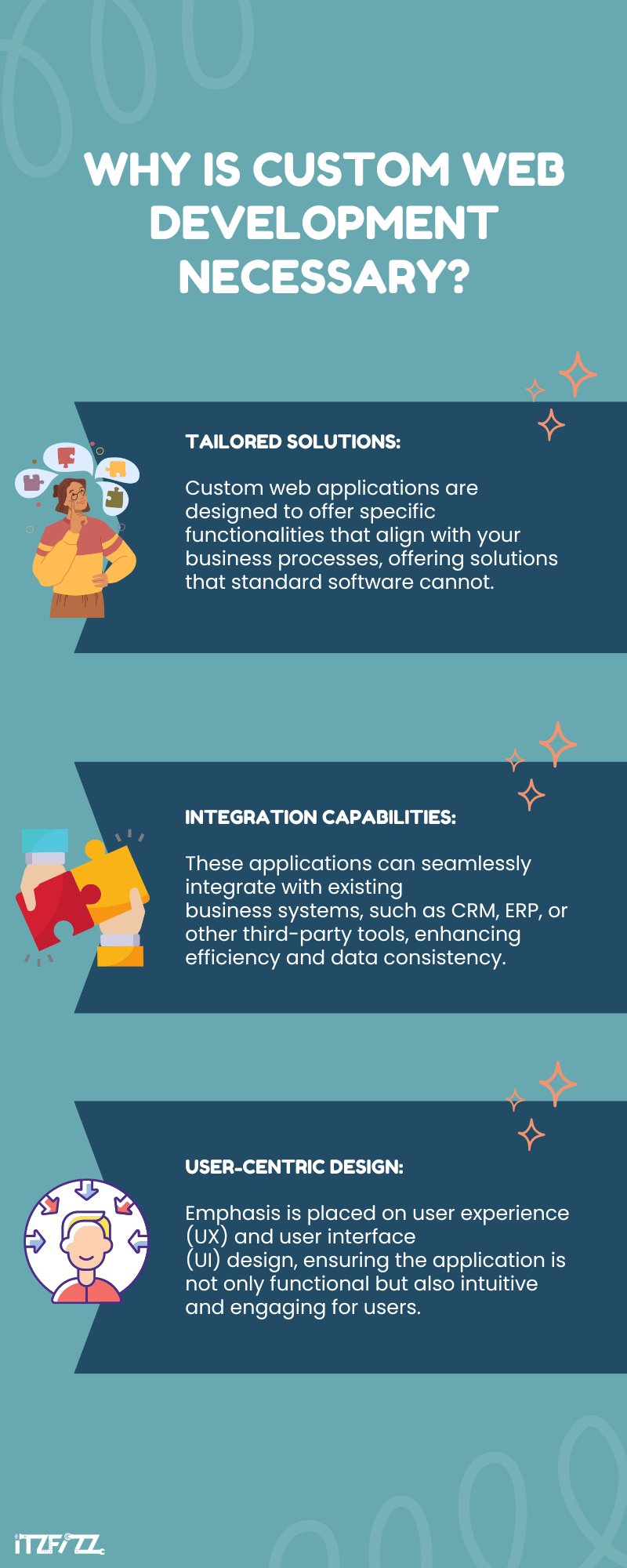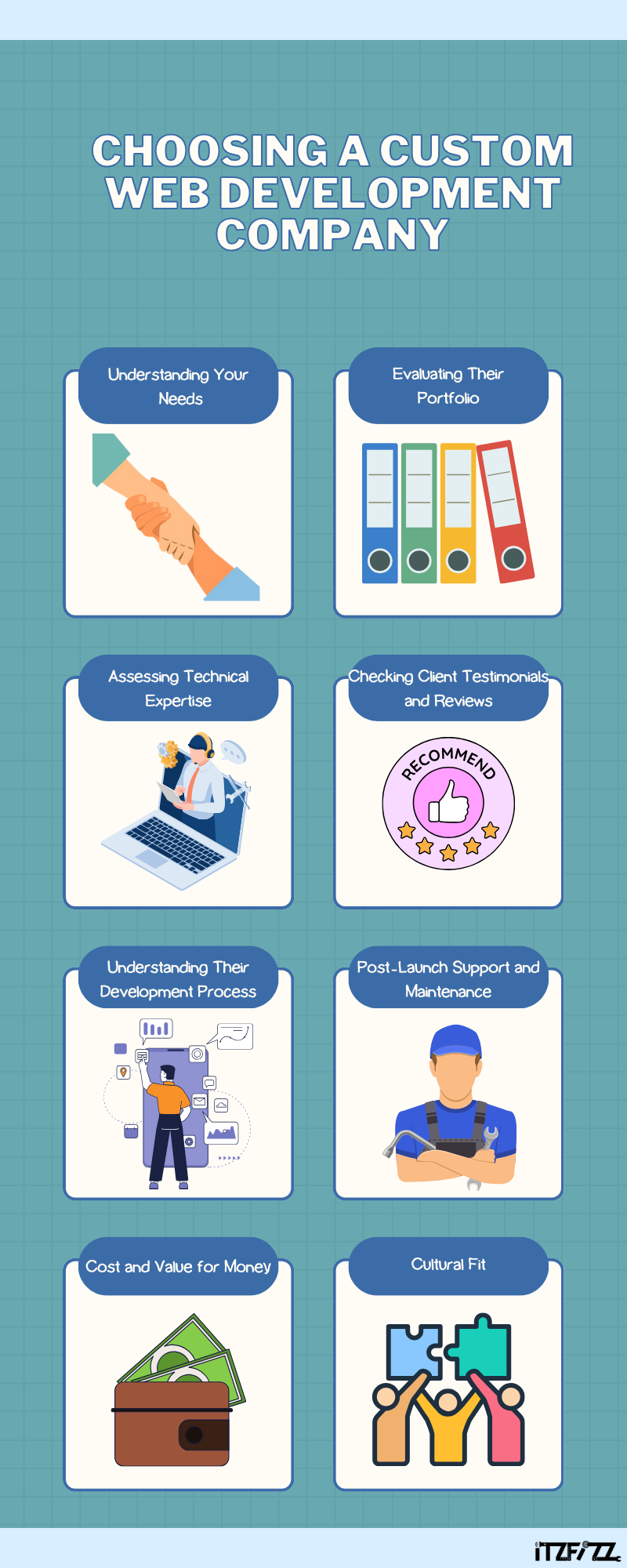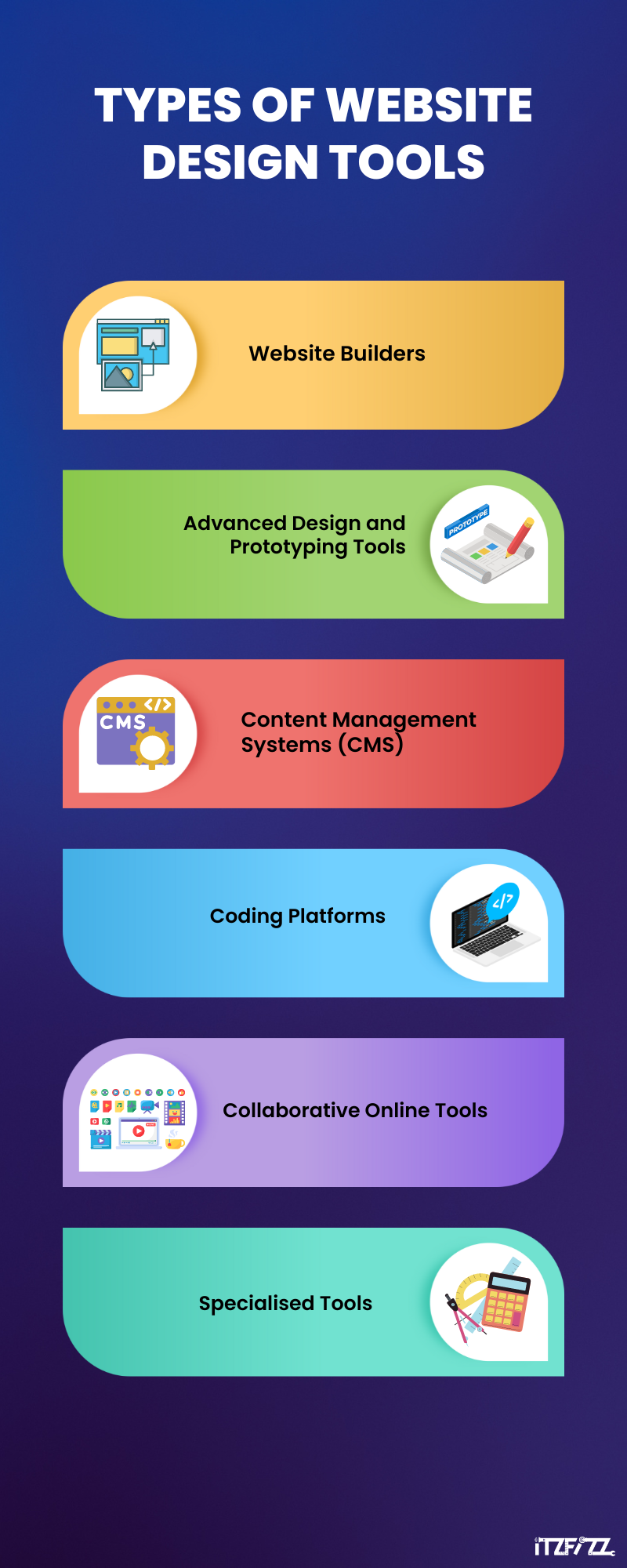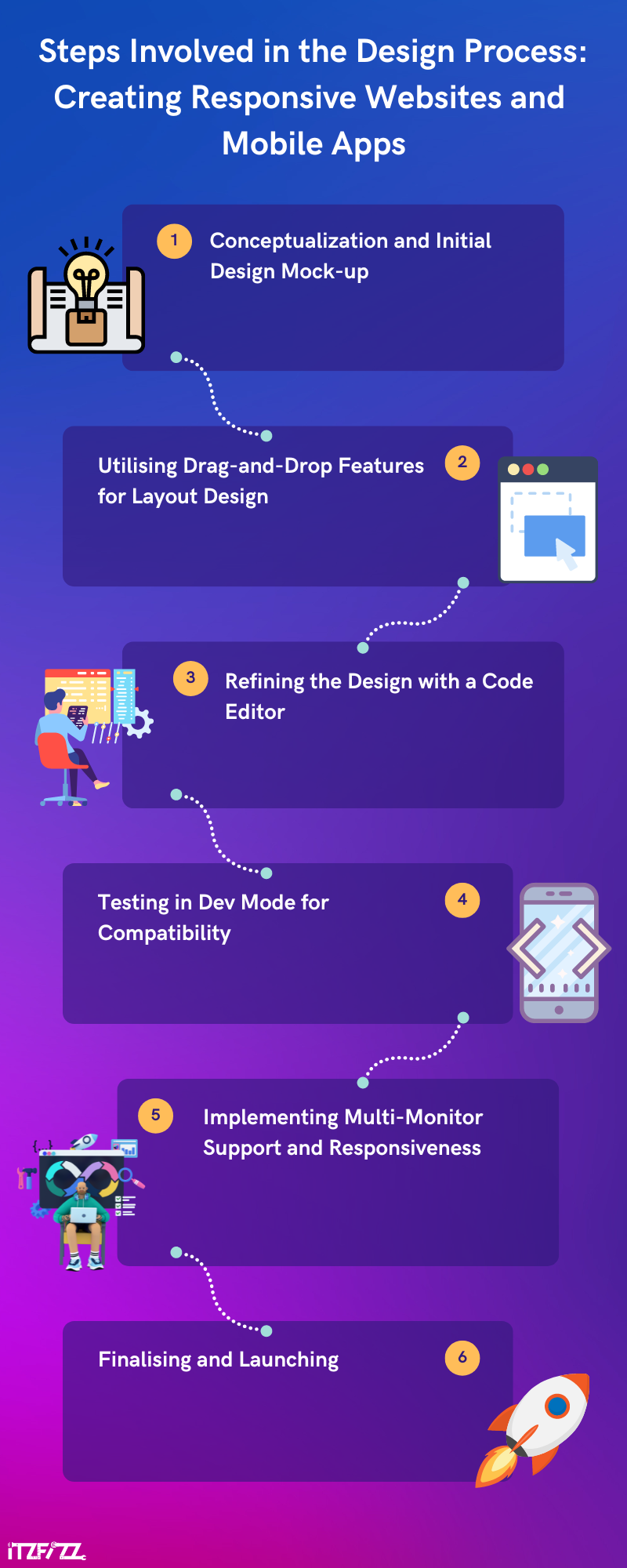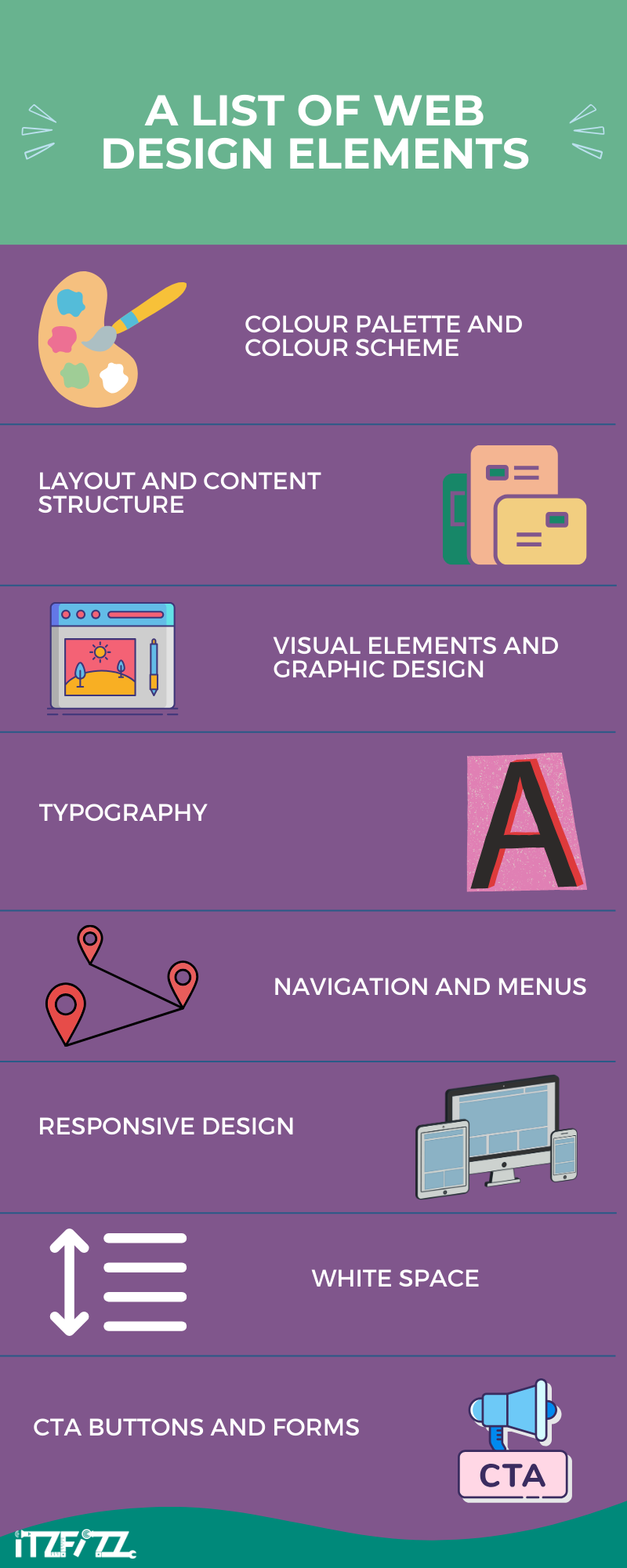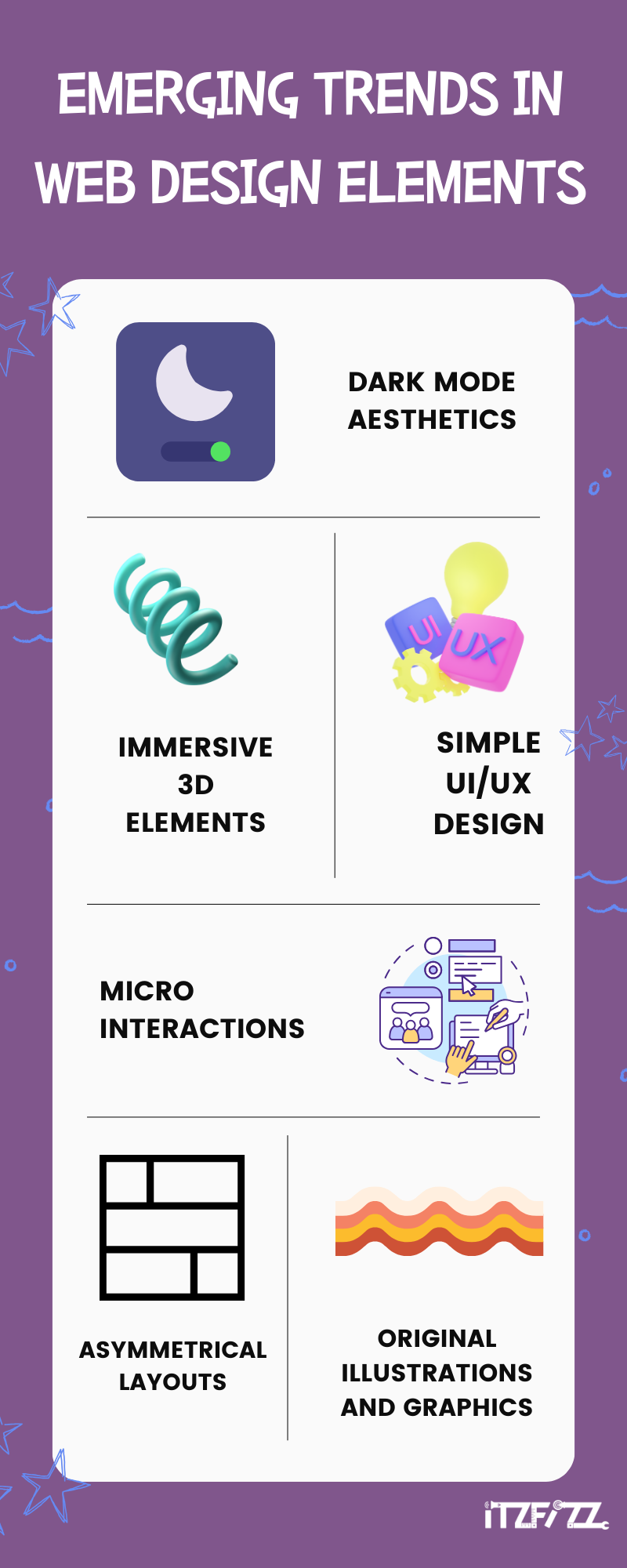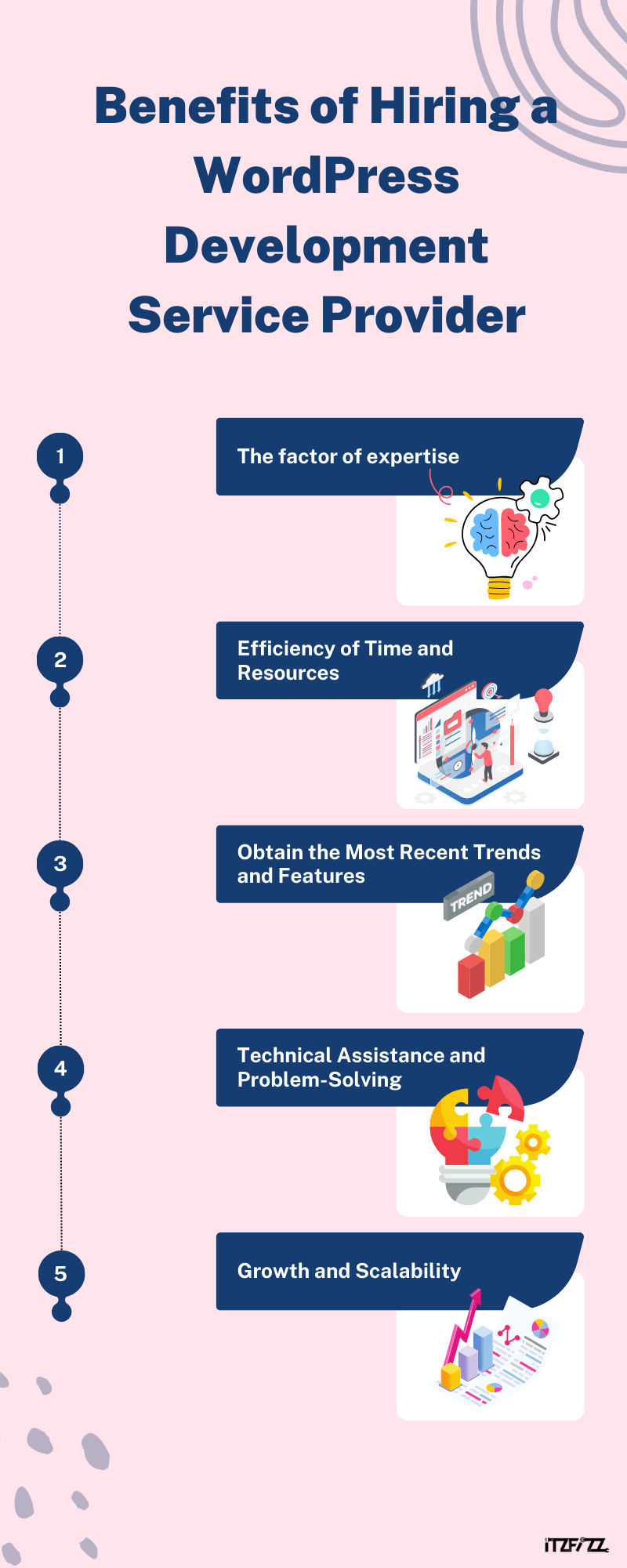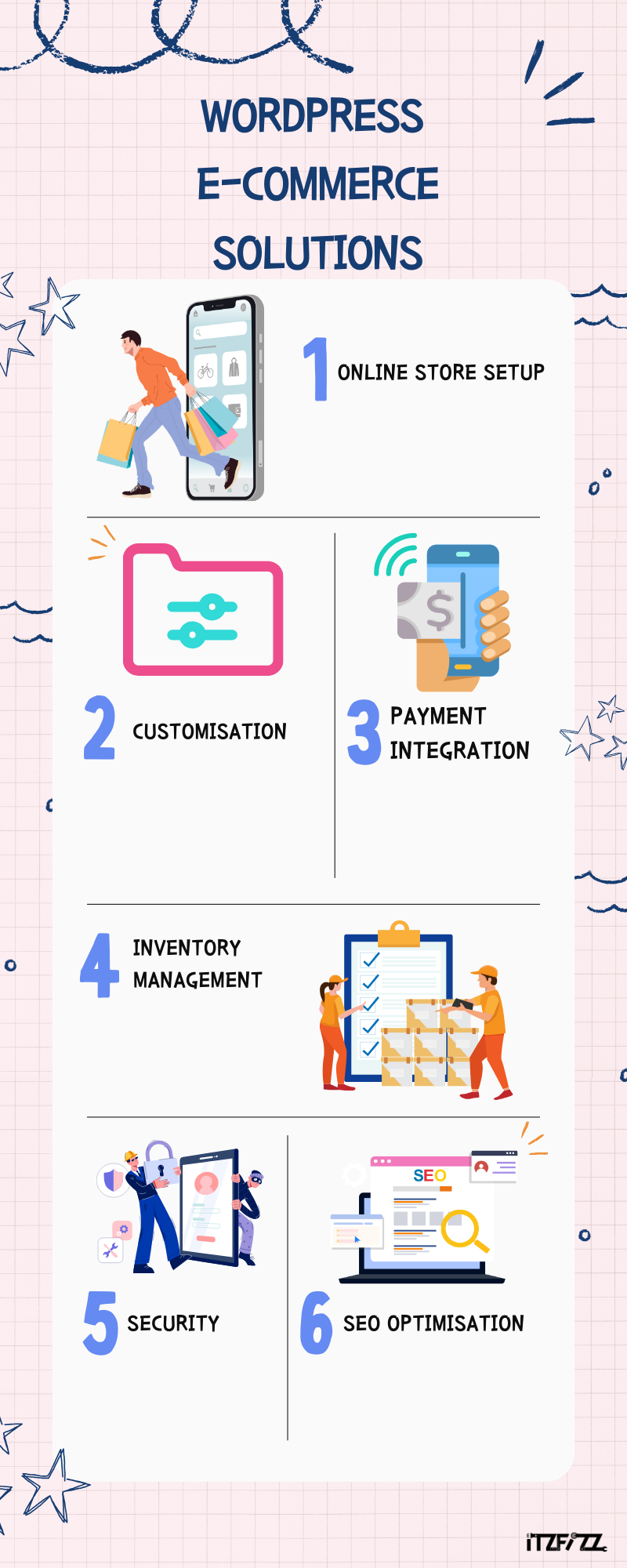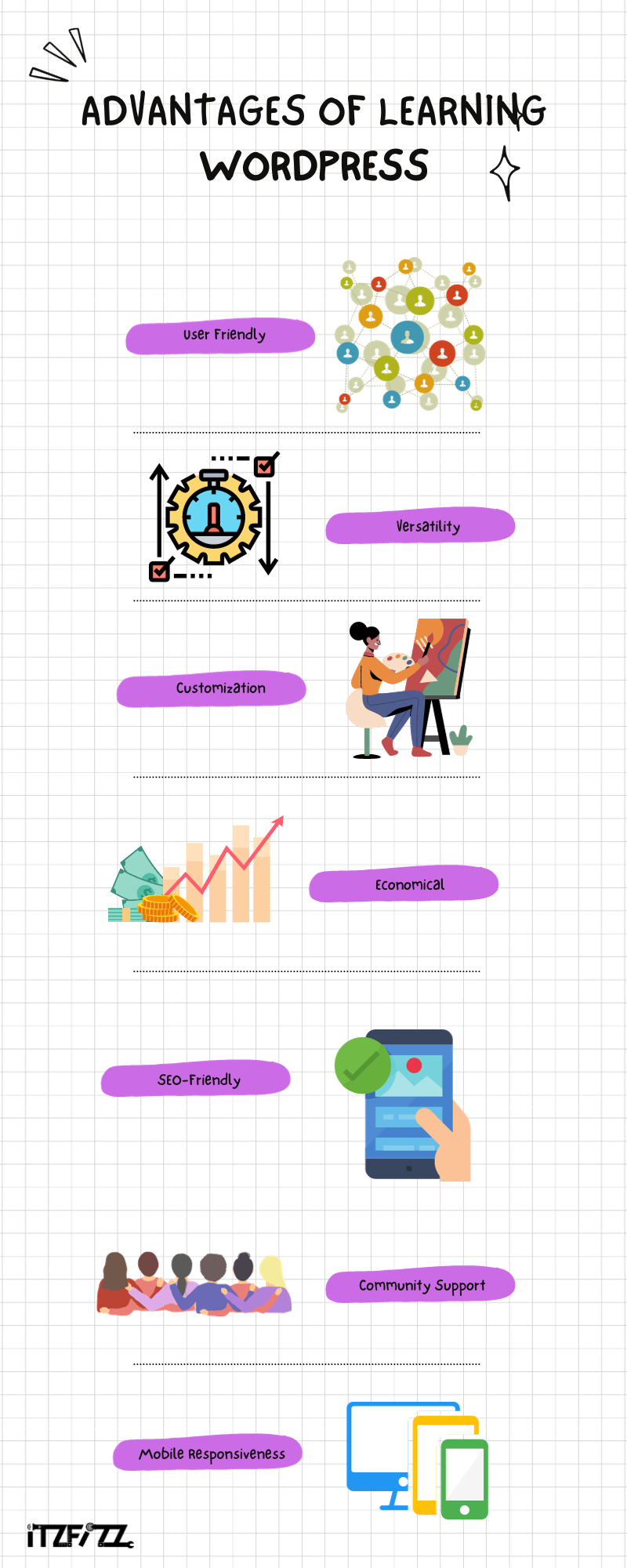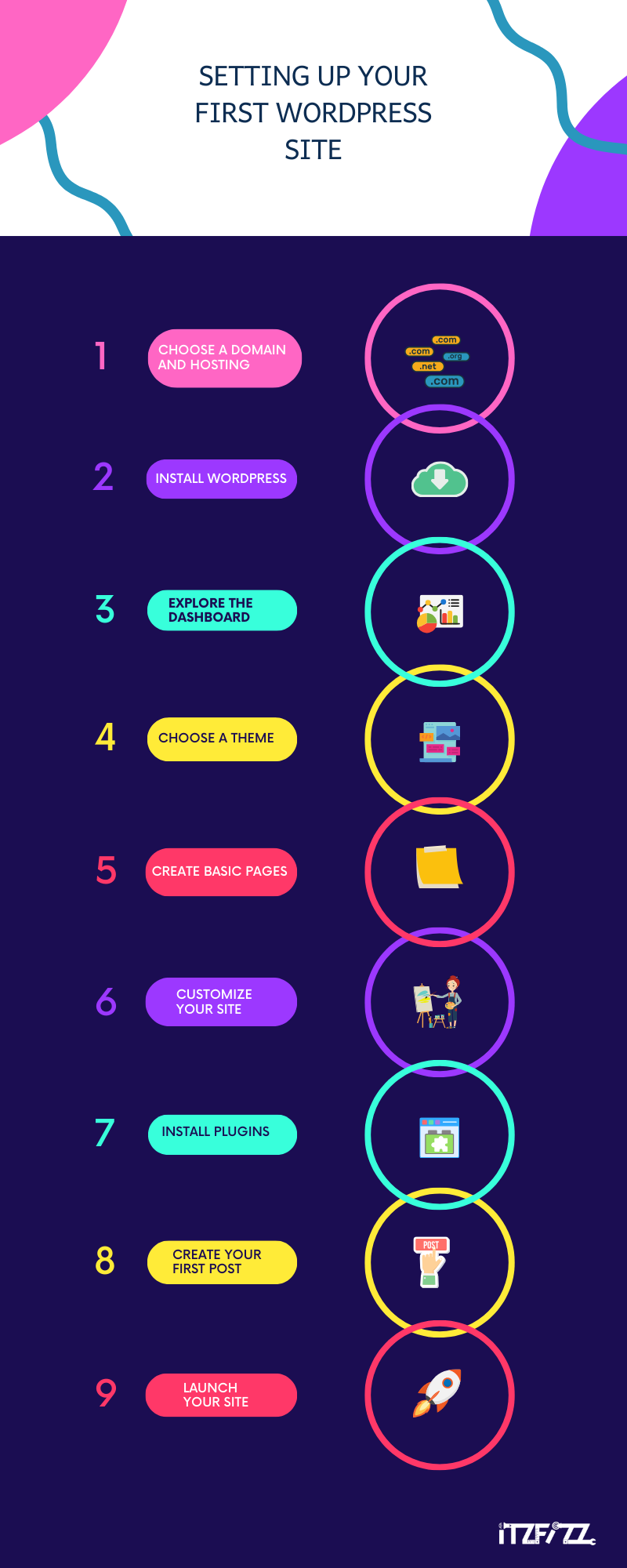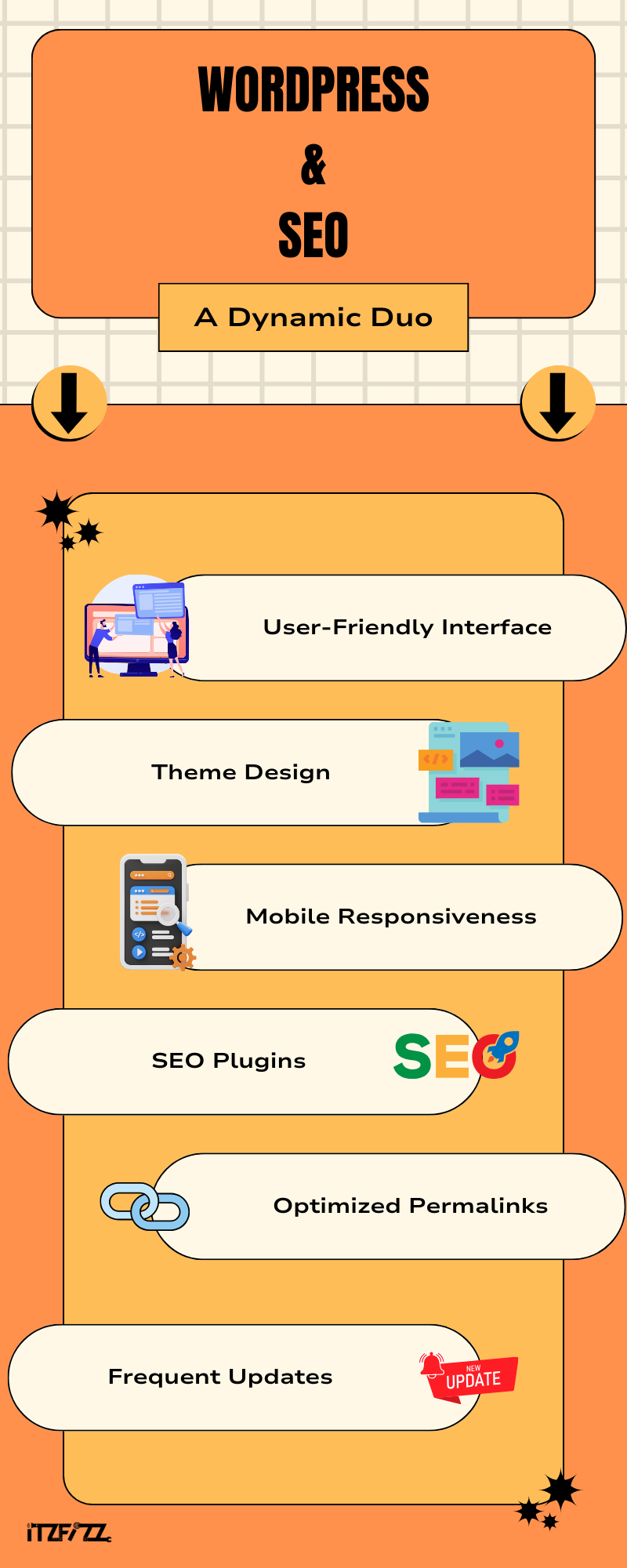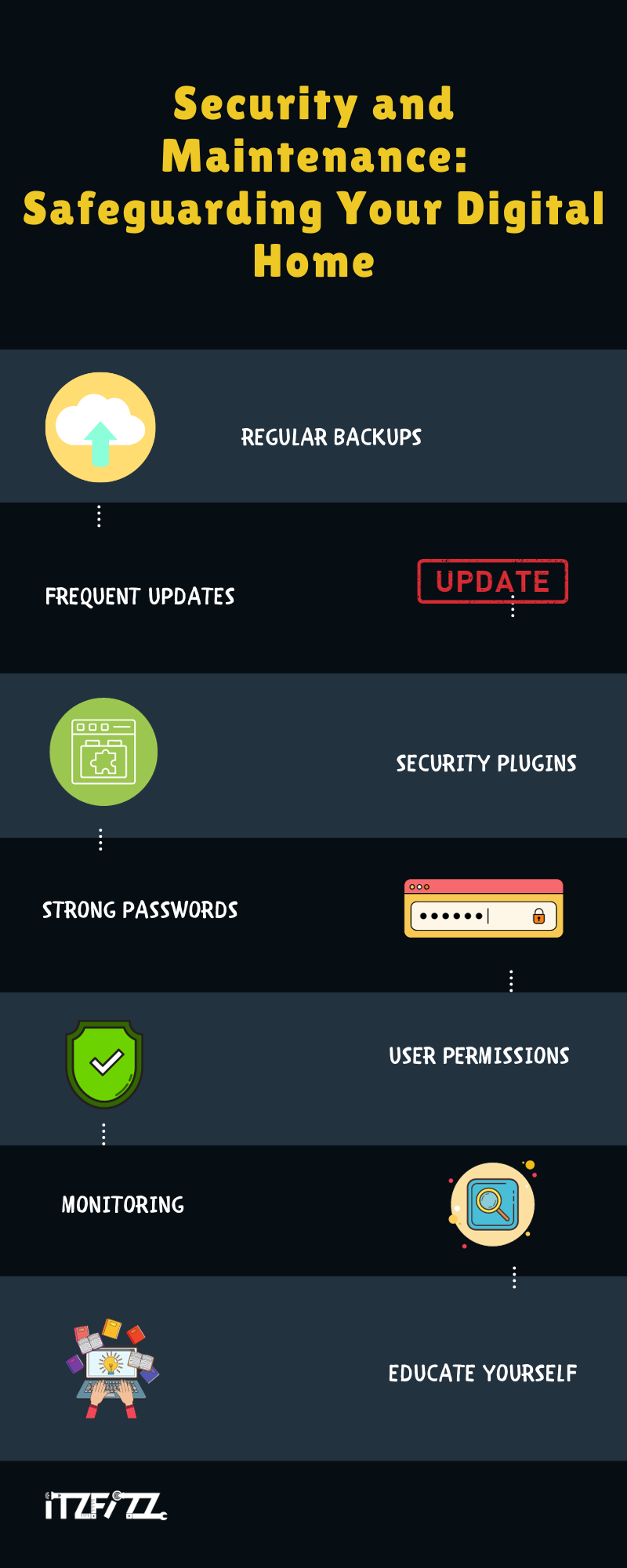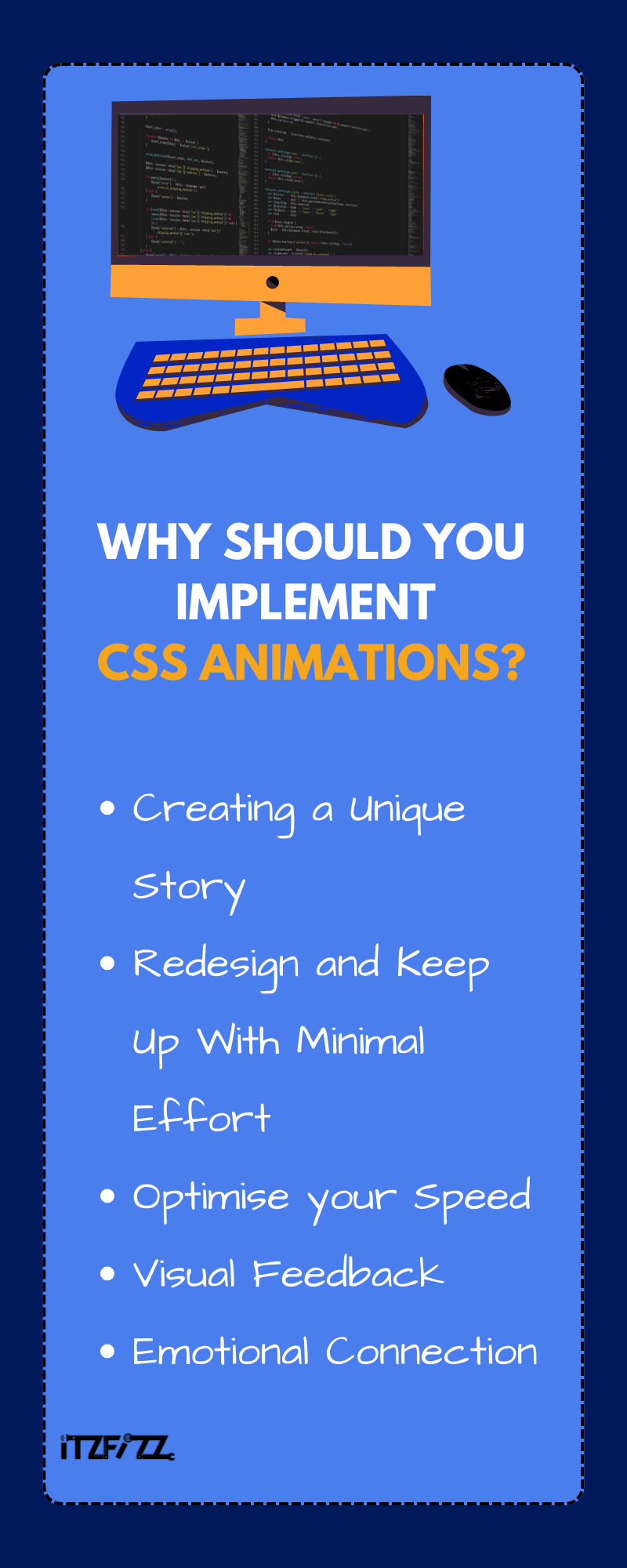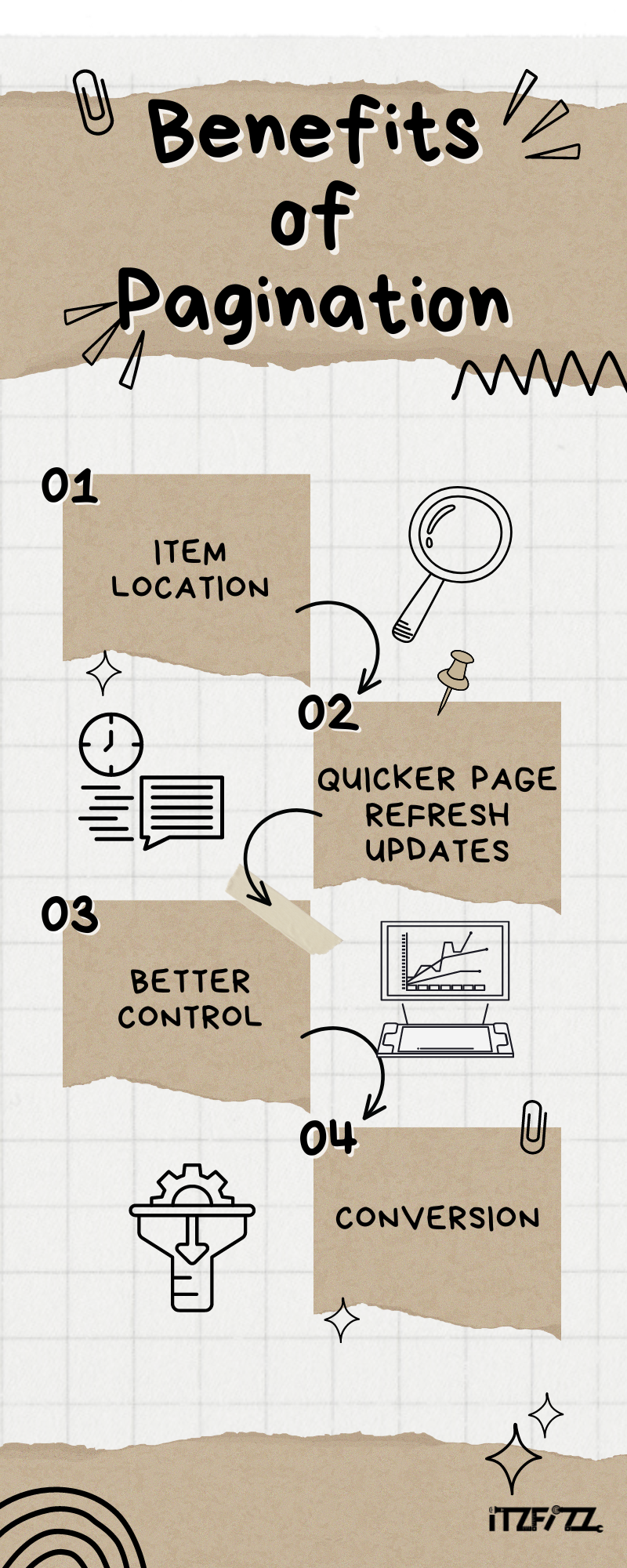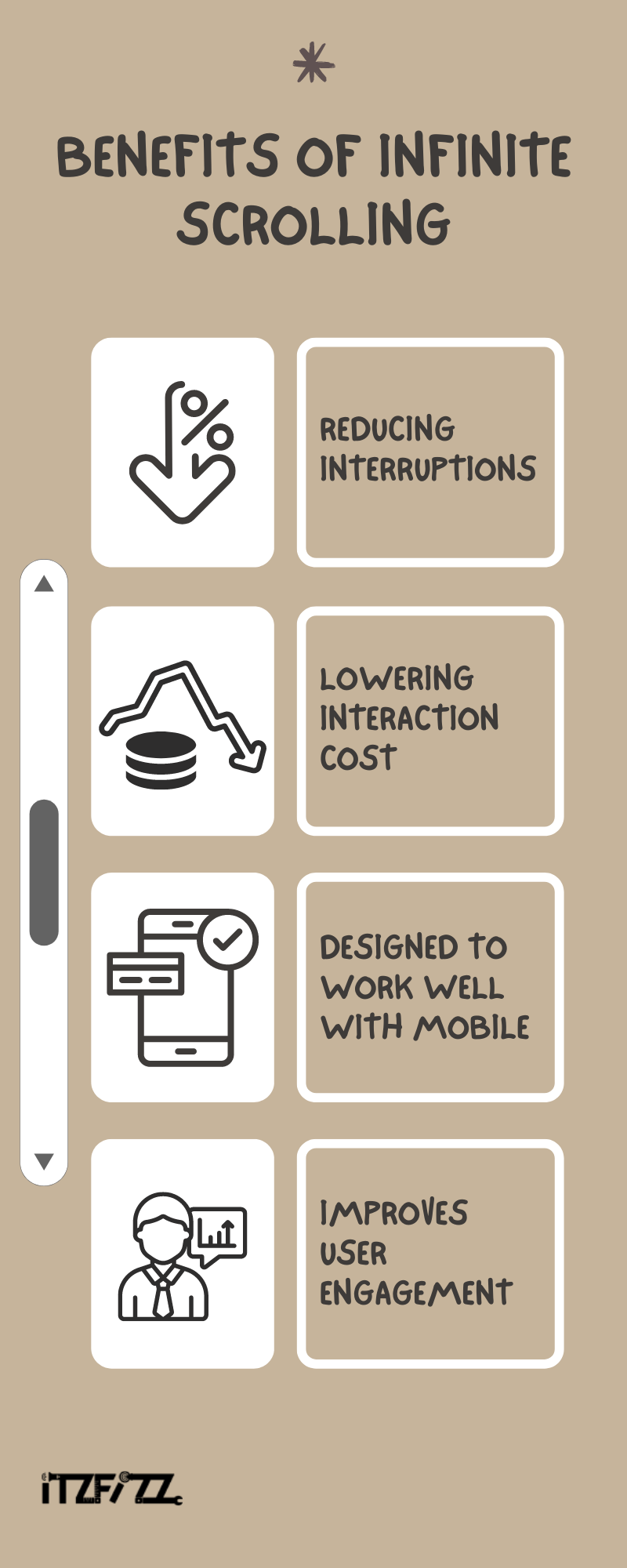Introduction to Website Maintenance
Welcome to your one-stop resource for maintaining the best possible state for your website: our comprehensive guide on website maintenance. Having a well-maintained website is not only a luxury in the modern digital age, but also a need for both individuals and businesses. Whether you run an e-commerce company, blog, or small business, maintaining your website properly is essential to its success and optimum performance.
A website needs to be maintained on a regular basis to remain aesthetically pleasing, functional, and secure. This is similar to maintaining a physical storefront. Website maintenance should not be neglected, just as you would not ignore cleaning up your store. This can result in a bad user experience and lower search engine rankings. Frequent maintenance improves user satisfaction and increases website traffic, which will increase your online presence.
Numerous responsibilities are involved in website maintenance, such as performance optimisation, content management, security audits, and software updates. Whether you decide to do these chores yourself or hire a pro service provider, maintaining your website is an investment in the long-term prosperity of your online business.
Regular website maintenance has advantages that go beyond keeping your website operational. You can maintain the credibility and reputation of your brand while also increasing search engine rankings, performance, security, and search engine rankings by being proactive with maintenance. With the right upkeep, your website can remain a useful tool that promotes traffic, engages users, and advances your company’s objectives.
Common Website Maintenance Tasks
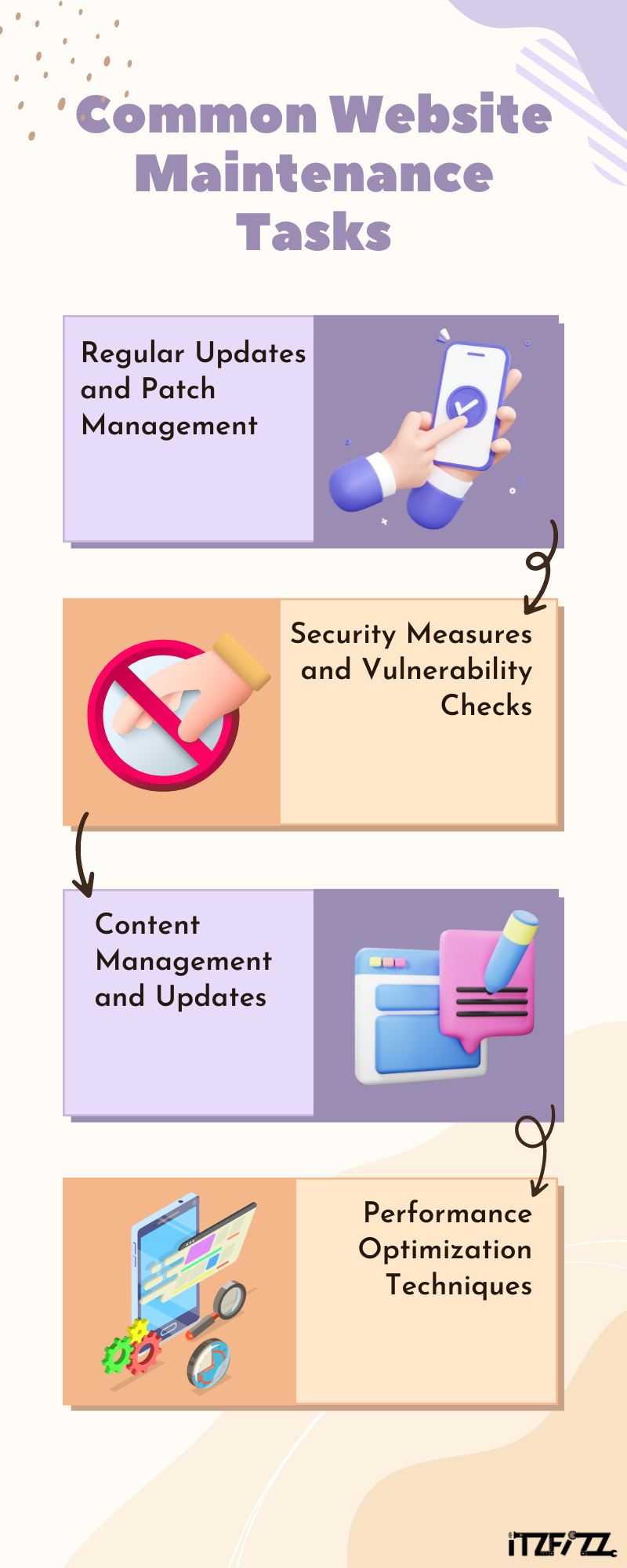
Maintaining a website involves a variety of tasks aimed at ensuring its functionality, security, and performance. In this section, we’ll explore some of the most common website maintenance tasks, including broken backlinks, that are essential for keeping your site running smoothly.
2.1) Regular Updates and Patch Management
One of the most crucial aspects of website maintenance is keeping your software, plugins, themes, and web design elements up-to-date. Regular updates are released to address security vulnerabilities, improve performance, and introduce new features.
Failing to update your website’s software leaves it vulnerable to cyber-attacks and can lead to compatibility issues and performance degradation.
2.2) Security Measures and Vulnerability Checks
Website security is paramount in today’s digital landscape, where cyber threats are ever-present. Regular security maintenance involves implementing robust security measures, such as firewalls, malware scanners, and SSL certificates, to protect your website from unauthorised access and data breaches.
Security checks and safety inspections aid in locating and resolving possible security issues before attackers take advantage of them.
2.3) Content Management and Updates
Fresh and engaging content is essential for attracting and retaining visitors to your website. Regularly updating your content not only keeps your site relevant and informative but also improves its search engine rankings.
Content management tasks include adding new blog posts, updating product pages, and refreshing outdated content to ensure it remains accurate and up-to-date. Use SEO tools like Google Analytics to track content performance and identify areas for improvement in your content strategy. Regular content updates help maintain a current and engaging website.
2.4) Performance Optimization Techniques
Optimising your website’s performance is key to providing a seamless user experience and reducing bounce rates. Performance optimization tasks may include optimising images, minifying CSS and JavaScript files, enabling caching, and optimising server response times.
By improving your website’s speed and performance, you can enhance user satisfaction and increase conversions. Implementing a solid SEO strategy, including regular updates and fresh content, further boosts your website’s visibility in search engine results.
Outsourcing Website Maintenance
Managing website maintenance tasks can be time-consuming and complex, especially for individuals or businesses with limited resources and technical expertise.
Advantages of Working with a Skilled Website Maintenance Company:
Outsourcing website maintenance from a professional service provider offers several advantages, including:
- Expertise: Professional aintenance companies have the knowledge and expertise to handle a wide range of maintenance tasks, ensuring your website remains secure, up-to-date, and fully optimised.
- Time Savings: Outsourcing maintenance tasks frees up your time to focus on core business activities, such as Custom Web development, modern marketing and customer service.
- Cost-Effectiveness: While it may seem counterintuitive, outsourcing website maintenance can be more cost-effective than hiring an in-house team, especially for small businesses or individuals with limited budgets.
Considerations for Choosing the Right Maintenance Service Provider
When selecting a website maintenance provider, consider the following points:
- Services Offered: Ensure the service provider offers a comprehensive range of maintenance services tailored to your needs, including software updates, security checks, and performance optimization.
- Experience and Reputation: Look for a company with a proven track record of delivering high-quality maintenance services and positive client testimonials.
- Communication and Support: Choose a service provider that offers responsive customer support and clear communication channels to address any issues or concerns promptly.
Cost-Effectiveness of Outsourcing Website Maintenance
While outsourcing website maintenance may incur additional costs, it can ultimately save you money in the long run by reducing the risk of security breaches, downtime, and lost revenue. Additionally, outsourcing allows you to benefit from the expertise of experienced professionals without the overhead costs of hiring and training an in-house team.
How Often Should You Perform Website Maintenance?
Determining the frequency of website maintenance is critical for maintaining the health and performance of your site while optimising conversion rates and ensuring a seamless user experience.
The frequency of website maintenance depends on several factors, including:
- Types of Websites: The type of website you have, whether it’s a personal blog, e-commerce site, or corporate website, influences the frequency of maintenance required. E-commerce sites, for example, may need more frequent updates and security checks to maintain optimal conversion rates and prevent potential losses.
- Traffic Volume: Websites experiencing high traffic volumes may require more frequent maintenance to uphold loading speed and prevent downtime, crucial factors in retaining visitors and enhancing conversion rates. Monitoring website analytics helps identify peak traffic periods, allowing for strategic scheduling of maintenance during off-peak times.
- Content Update Frequency: Websites regularly updating content or features may necessitate more frequent maintenance to ensure everything remains current and functional, contributing to a positive user experience and encouraging return visits and conversions.
Monthly Website Maintenance vs. Ongoing Maintenance Plans
Implementing regular website maintenance, including software updates, security checks, and performance optimization, is essential for maintaining conversion rates and ensuring customer satisfaction. Monthly maintenance plans offer a convenient and cost-effective solution to ensure consistent task completion.
In addition to monthly maintenance, investing in ongoing maintenance plans provides continuous monitoring and support for your website. These plans often include real-time monitoring for security threats, uptime monitoring to minimise technical issues, and priority support to address any emerging concerns promptly, thus enhancing the overall experience for users and conversion rates.
Importance of Consistent Maintenance for Long-Term Success
Consistency in website maintenance is paramount for long-term success, safeguarding against technical issues, security breaches, and potential loss of revenue. Regular maintenance tasks help prevent issues before they impact conversion rates or user experience negatively. Establishing a consistent maintenance schedule ensures your website remains secure, reliable, and user-friendly, contributing to higher conversion rates and overall business success.
Benefits of Regular Website Maintenance
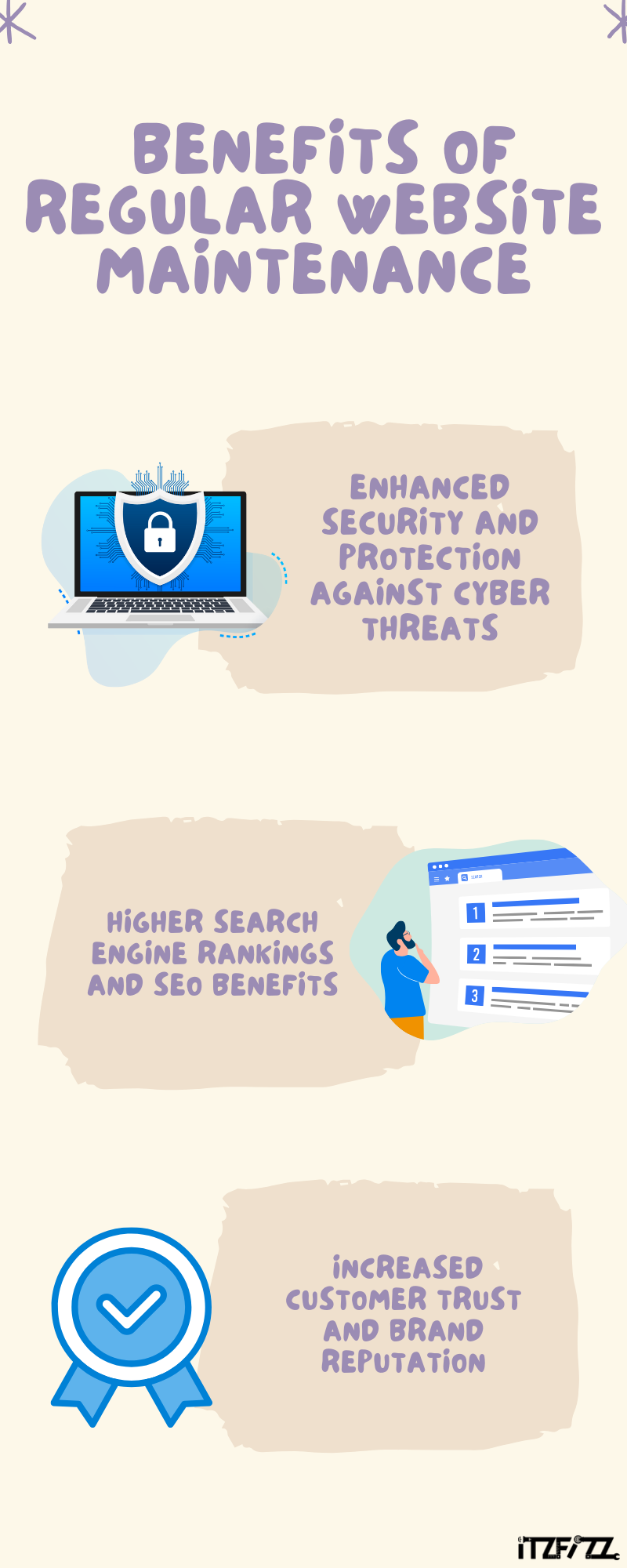
Regular website maintenance is not merely a routine chore; it’s a proactive measure that can yield numerous benefits for your website’s performance, security, and overall success.
Regular website maintenance, including routine maintenance and web design updates, leads to improved performance and provides an optimal user experience. By conducting a content audit and updating your website’s content regularly, you keep it fresh and engaging. Additionally, optimising images, minifying CSS and JavaScript files, and ensuring responsive design enhances website speed and responsiveness, reducing bounce rates and increasing user engagement.
5.1) Enhanced Security and Protection Against Cyber Threats
Maintaining a secure website is paramount in the digital age, where cyber threats pose significant risks to businesses. Regular website maintenance, including security software updates and database backups, helps safeguard your site against vulnerabilities, malware, and hacking attempts.
Conducting regular security audits and implementing robust security measures provide added protection, ensuring sensitive data remains secure and preserving your website’s reputation.
5.2) Higher Search Engine Rankings and SEO Benefits
Search engines give priority to websites that regularly update their website’s content with new and relevant stuff. You may increase your website’s exposure and draw in more organic traffic by carrying out content audits and search engine optimisation.
This, coupled with responsive design and regular backups, ensures that your site remains relevant and authoritative, ultimately boosting search rankings and attracting more visitors increasing dwell time.
5.3) Increased Customer Trust and Brand Reputation
A well-maintained website not only enhances user experience but also instils trust and confidence in your brand. By providing a seamless browsing experience and protecting user data through regular backups and security software, you build trust with your audience. This, in turn, strengthens your brand’s reputation and credibility, fostering customer loyalty and driving business growth.
In conclusion, regular website maintenance is essential for maintaining a competitive edge in today’s digital landscape. By investing in routine maintenance, design updates, and digital marketing efforts, you can optimise your website for success, achieve your business goals, and stay ahead of the competition.
Common Challenges in Website Maintenance and Solutions
Challenge 1: Dealing with Software Updates and Compatibility Issues
Solution: Regularly perform software updates and compatibility checks, ensuring they are tested on a staging site before deployment to the live site. Keep track of compatibility issues and reach out to plugin developers or theme providers for support if necessary.
Addressing broken links and compatibility issues helps maintain a smooth user experience and enhances the effectiveness of digital marketing campaigns.
Challenge 2: Addressing Security Vulnerabilities and Hack Attempts
Solution: Implement robust security measures, including regular security scans and firewall configurations, to protect against security breaches. Keep software, plugins, and themes up to date to address potential security issues promptly.
Monitoring the site for suspicious activity and potential threats on a weekly or monthly basis is crucial for maintaining a secure environment for potential customers. Additionally, having a disaster recovery plan in place ensures quick restoration in case of a security breach.
Challenge 3: Managing Content Updates and Keeping Website Fresh
Solution: Develop a content calendar to schedule regular updates and ensure fresh content is published regularly. Repurposing existing content and updating external links helps maintain relevancy and enhance the user experience.
Consider outsourcing content creation to professional website maintenance services to ensure high-quality content and consistent updates. Regular maintenance activities, such as checking for broken links and optimising loading times, contribute to a positive user experience and support the effectiveness of digital marketing campaigns.
Challenge 4: Overcoming Budget Constraints and Resource Limitations
Solution: Prioritise maintenance tasks based on their impact on website performance and user experience. Look for cost-effective hosting services and consider DIY maintenance options to reduce costs.
Regular domain registration and renewal, as well as monitoring domain names for potential expiration, prevent disruptions to website operations. Investing in professional website maintenance services may be necessary to address security issues and ensure a smooth user experience, ultimately supporting the success of online marketing campaigns.
Conclusion
We’ve covered a lot of information in this comprehensive guide, including the significance of website upkeep and many ways to keep your website safe and functional. Updating and protecting your website regularly, managing content, and conquering typical obstacles are all necessary for long-term success in the digital age.
Setting website maintenance as a top priority guarantees peak performance strengthens security, raises search engine ranks, and promotes client confidence. Frequent updates and performance optimisation strategies improve responsiveness and speed, while strong security measures guard against online attacks.
Maintaining content and making it search-engine friendly improves visibility and draws in organic traffic, which builds brand awareness. Building audience trust begins with offering a safe and convenient browsing experience. Establish a regular maintenance schedule to avoid downtime and security breaches since consistency is essential. Make maintenance an investment to keep your website up to date and help your business succeed.
Get in touch with Itzfizz if you have any issues or require any additional help with website maintenance. Cheers to your website’s future success!
